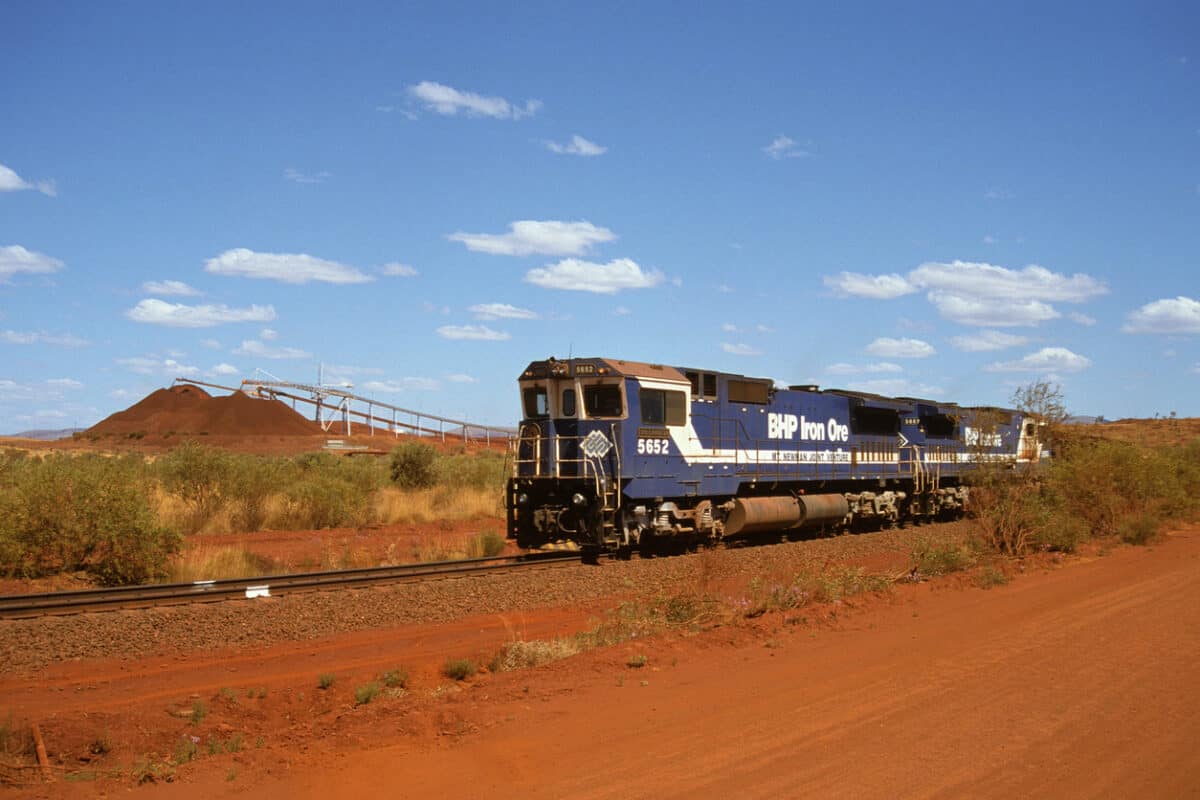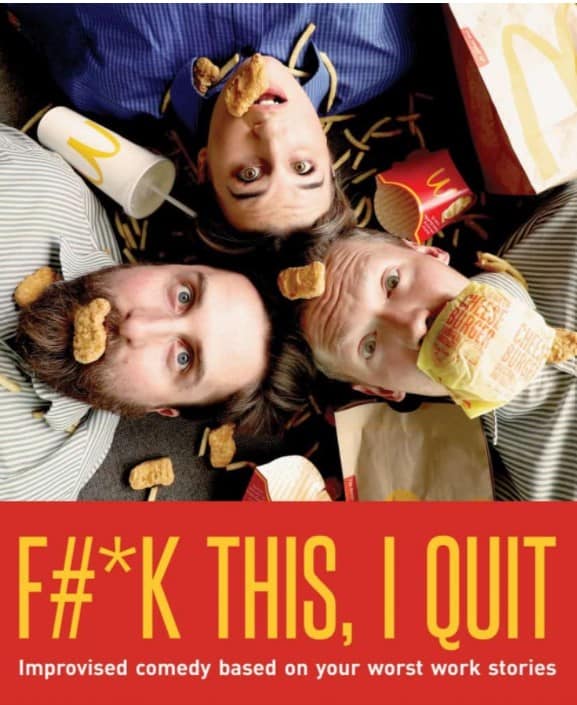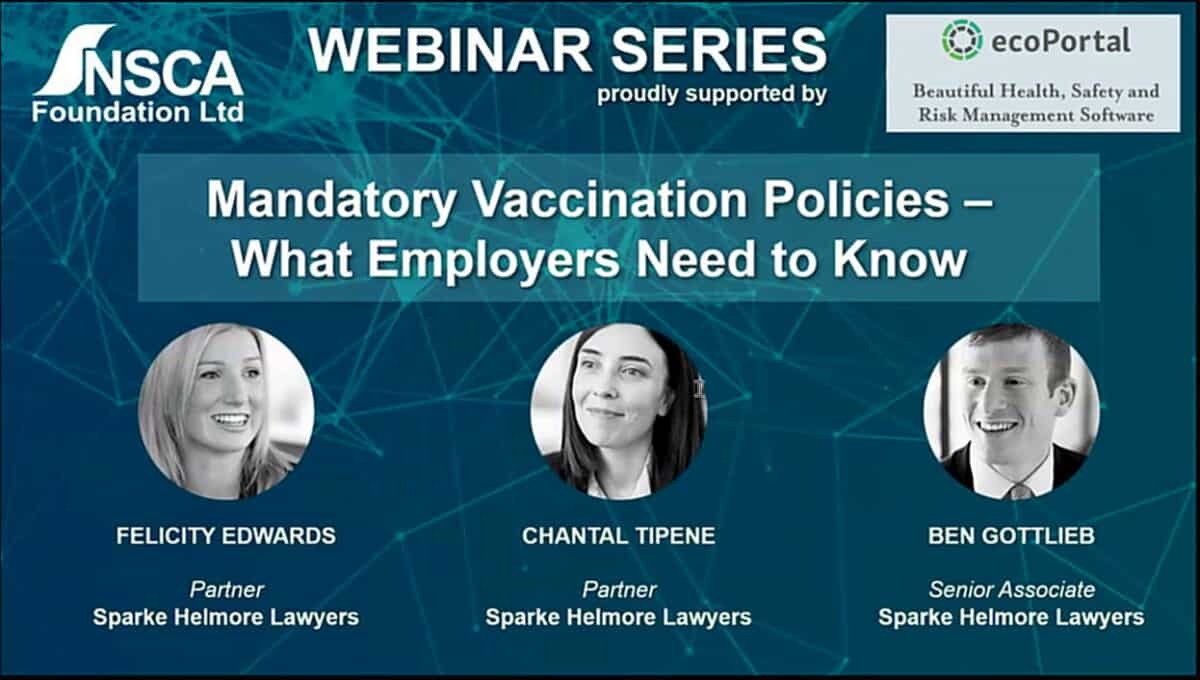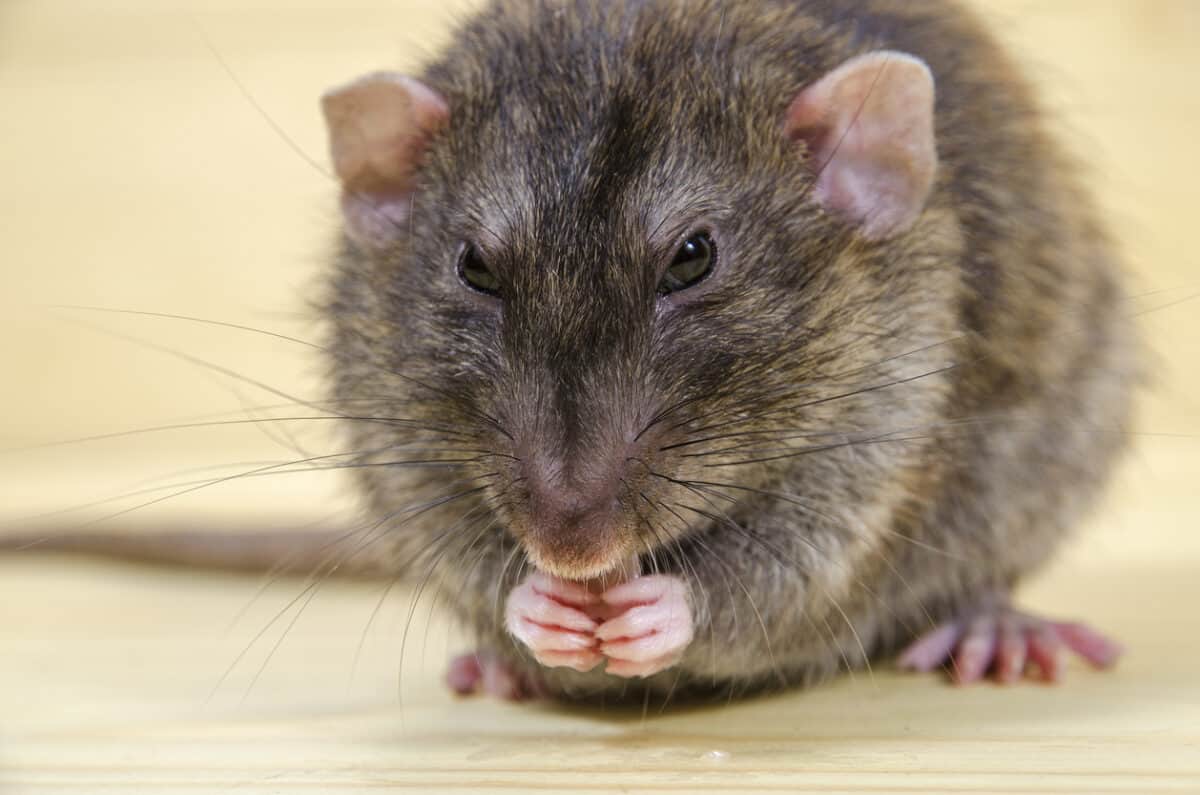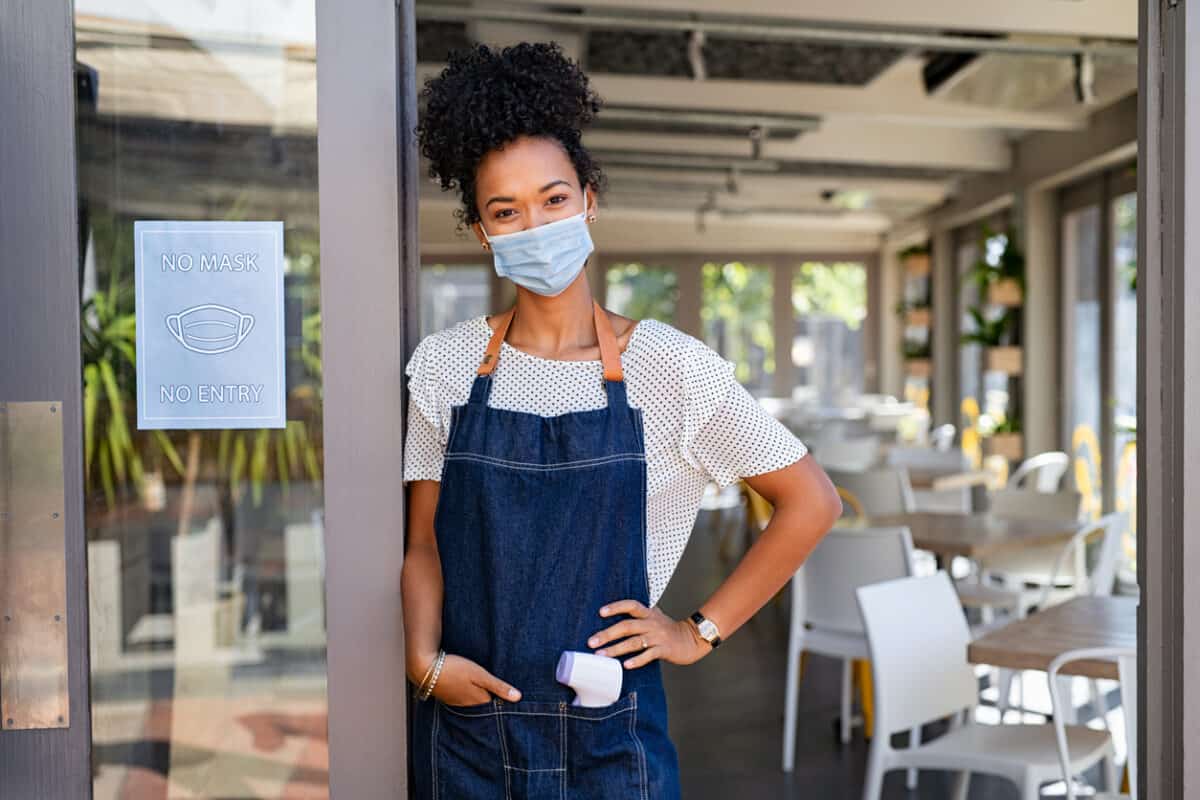One of the first Australian companies to mandate COVID-19 vaccinations, SPC, was back in the newspapers today concerning booster shots. SPC’s Chairman, Hussein Rifai, said he will not be making boosters compulsory:
“After rolling out a full vaccination policy in August, Rifai’s SPC workers have already beaten him to the third dose.
The Australian, Janury 5 2022
“We’re just not seeing a need for it,” Rifai says of mandating boosters. “Everybody is just going out and doing it.””
The primary objection to mandatory vaccinations was insufficient consultation with workers on what was fundamentally an occupational health and safety (OHS) matter.

